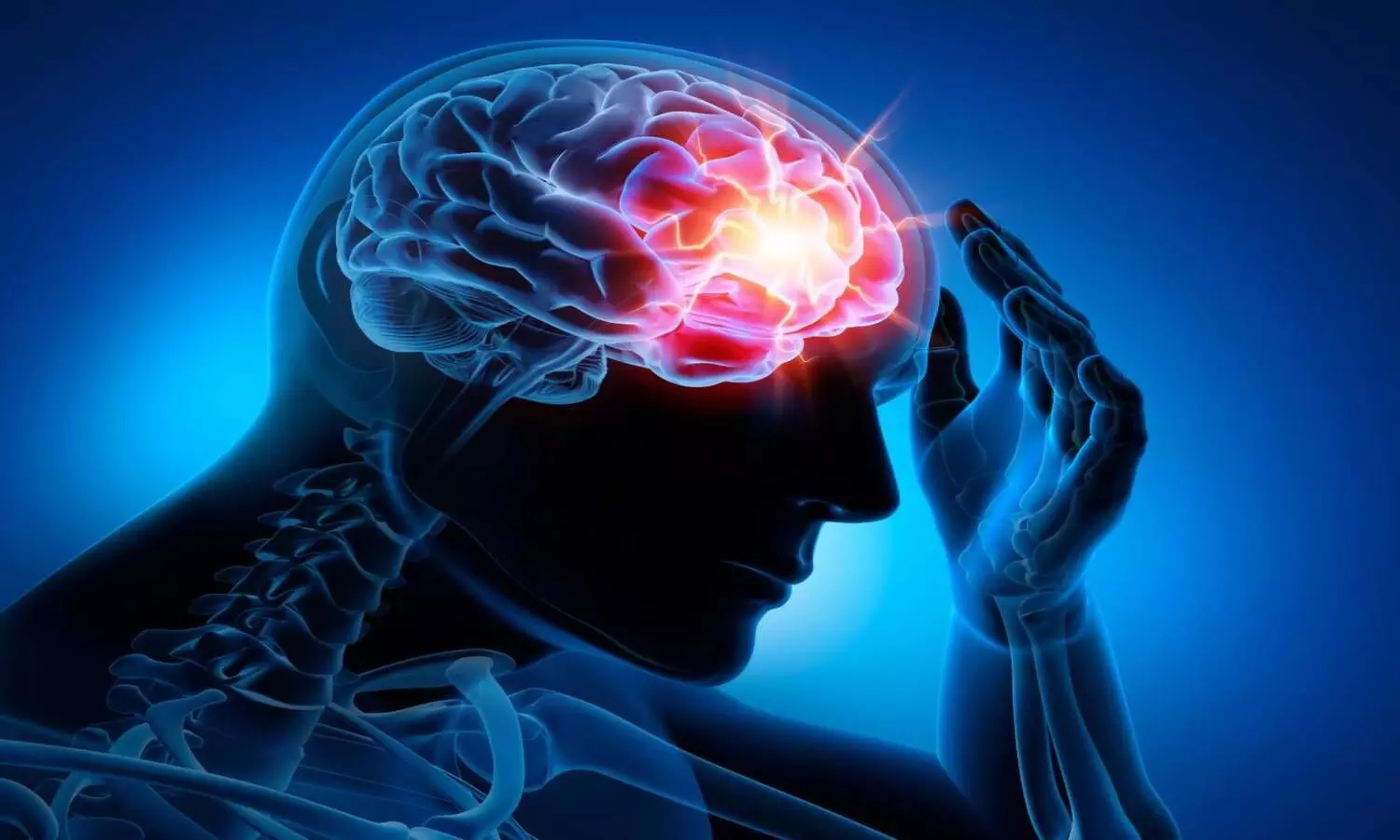National Epilepsy Day: 4 lakh people suffer from active epilepsy in Telangana, AP
Epilepsy is a chronic disorder of the brain whereby the patient suffers from seizures due to neurobiological, cognitive or psychological reasons. Seizures or fits are caused as a result of sudden excessive electrical discharges in the neurons (brain cells).
By Newsmeter Network
Hyderabad: Epilepsy is one of the most common neurological conditions, affecting more than 65 million worldwide. For those dealing with epilepsy, the advent of a seizure can feel like a ticking time bomb. It could happen at any time or any place, potentially posing a fatal risk when a seizure strikes during risky situations, such as while driving.
"Epilepsy is a disease in the shadows. Patients are often reluctant to admit their condition even to close family, friends or co-workers," says Dr. Suma Kandukuri, consultant neurologist at SLG Hospitals.
Epilepsy is a chronic disorder of the brain whereby the patient suffers from seizures due to neurobiological, cognitive or psychological reasons. Seizures or fits are caused as a result of sudden excessive electrical discharges in the neurons (brain cells).
Dr. Kandukuri adds that despite proper diagnosis and appropriate treatment, remission of epilepsy continues in 80 per cent of the patients. The most common risk factors which are preventable and can be controlled are head trauma, poor neonatal care and infections caused due to pork tapeworm and eating of soiled or infected food.
Epilepsy is mostly treated with medications. According to Dr. Kandukuri, the critical thing about epilepsy is that one should not delay the treatment. Start the treatment as soon as it is diagnosed. This prevents further deterioration of the condition, she adds.
Incomplete treatment, Dr. Kandukuri says, is found to be one of the major reasons for re-occurrence of fits and it requires prolonged and aggressive treatment for cure. In these cases, the dosage of drugs requires to be increased. Patients who have been on a high dosage of drugs and continue to get fits suffer from medically refractory epilepsies. This has been found in 30 per cent of the cases. Surgery depends on the age of the patient and the also the aggressiveness of the disease.
Epilepsy in India
In India, the prevalence rate of the disease is one per cent of the population and at any given point of time, there are four lakh people suffering from active epilepsy in both the states of Telangana and Andhra Pradesh. The prevalence is more in urban areas than in rural areas.
While 75 per cent of the patients opt for treatment in urban areas, 90 per cent of the patients in rural areas neglect the treatment. Various cultural beliefs, stigma, poverty and poor health delivery infrastructure are some of the major reasons why these patients do not make it to the healthcare establishments
Many of the families do not even know that it is a disorder and can be controlled with biomedical treatment. The treatments are highly cost-effective and it is important to raise awareness about the disease, says Dr. Kandukuri.